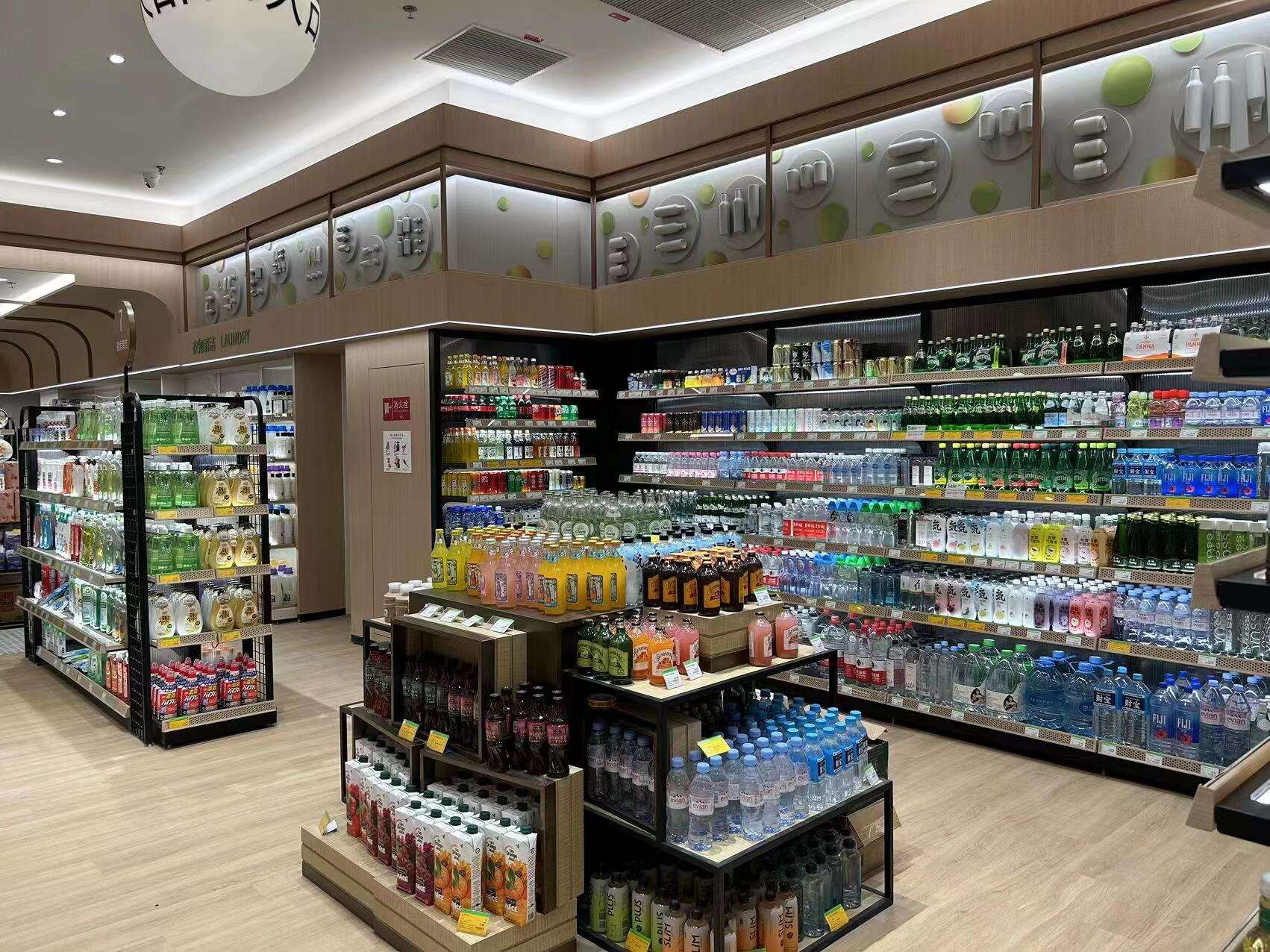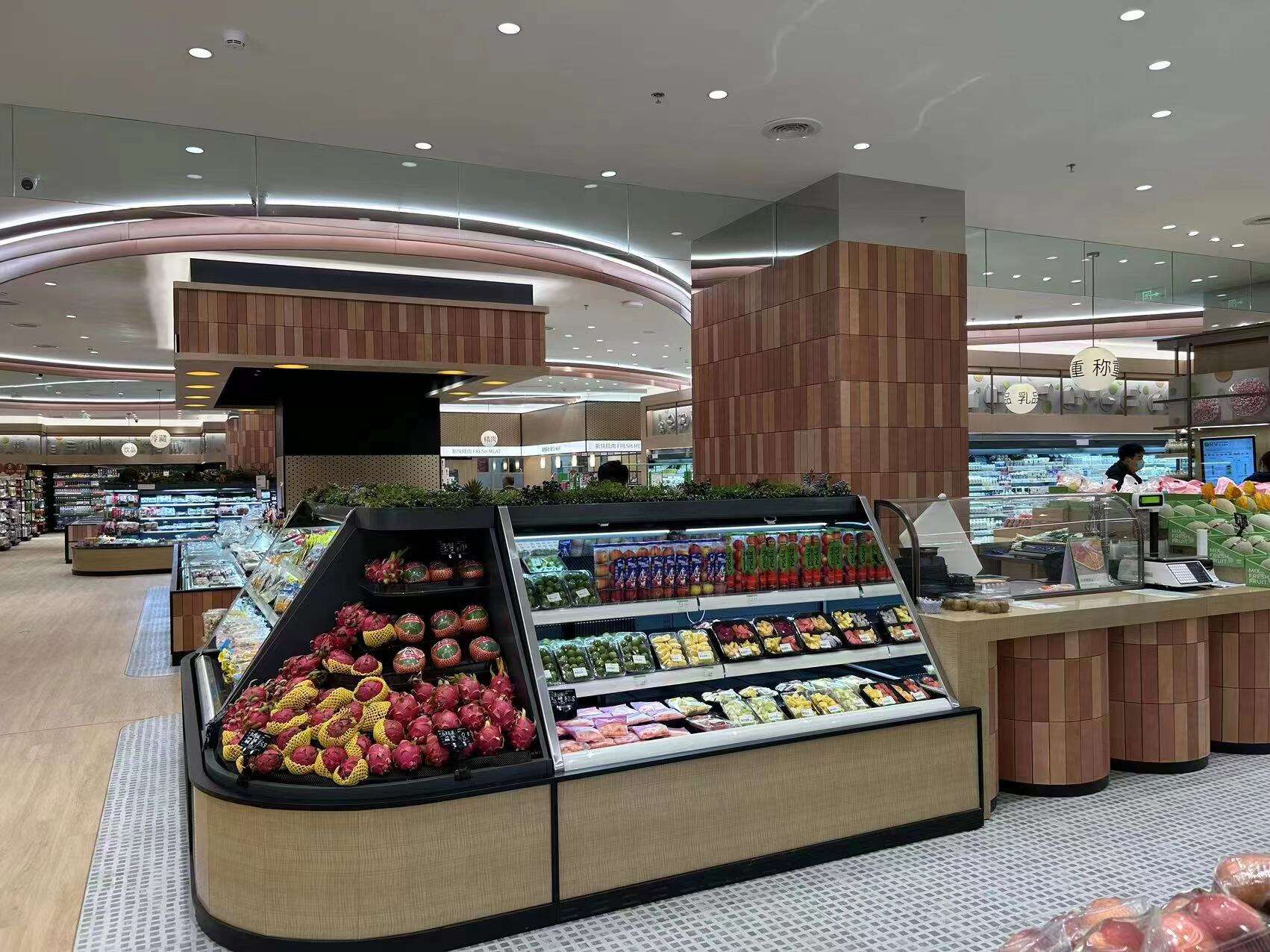Creating Impactful Retail Displays That Drive Sales
The art of designing an effective display stand goes far beyond simply placing products on shelves. In today's competitive retail environment, a well-designed display stand serves as a silent salesperson, catching customer attention and showcasing merchandise in its best light. Whether you're setting up a trade show booth, retail store display, or exhibition showcase, the right display stand design can significantly impact your sales and brand perception.
Modern consumers are increasingly selective about where and how they shop, making the role of visual merchandising more crucial than ever. A thoughtfully designed display stand can create an immersive brand experience, guide customer journey, and ultimately drive purchasing decisions. Let's explore the essential elements and strategies for creating display stands that truly make your products shine.
Fundamental Elements of Effective Display Stand Design
Strategic Layout Planning
The foundation of any successful display stand begins with a well-planned layout. Consider the natural flow of traffic and how customers typically navigate retail spaces. Position your display stand where it naturally catches the eye, typically at eye level or slightly below. The layout should guide visitors through a logical progression of products, with clear paths and focal points that encourage exploration.
When designing your display stand layout, incorporate the principle of visual hierarchy. Place your most important or highest-margin products at eye level, where they naturally draw attention. Secondary items can be positioned above or below, creating a balanced and organized presentation that makes it easy for customers to find what they're looking for.
Material Selection and Construction
The materials you choose for your display stand should reflect your brand identity while ensuring durability and functionality. High-quality materials not only last longer but also enhance the perceived value of your products. Consider materials like tempered glass, brushed metal, sustainable wood, or modern acrylics that align with your brand aesthetic and product positioning.
Construction quality is equally important - your display stand must be sturdy enough to safely support your products while being flexible enough to accommodate different merchandise configurations. Include adjustable shelving or modular components that allow you to refresh your display as needed, keeping it current and engaging.
Lighting and Visual Enhancement Techniques
Strategic Illumination
Lighting plays a crucial role in creating an attractive display stand. Proper illumination can highlight product features, create atmosphere, and guide customer attention. LED spotlights, strip lighting, or backlit panels can dramatically enhance your display's impact while being energy-efficient and cost-effective.
Consider incorporating different lighting layers - ambient lighting for overall visibility, accent lighting to highlight specific products, and decorative lighting to add visual interest. The color temperature of your lighting should complement your products and brand identity while ensuring accurate color representation.
Color Psychology and Brand Integration
The strategic use of color in your display stand design can significantly influence customer perception and behavior. Choose colors that not only align with your brand identity but also create the desired emotional response. Warm colors like red and orange can create excitement and urgency, while cool tones like blue and green promote trust and relaxation.
Integrate your brand colors thoughtfully, using them as accents rather than overwhelming the display. Remember that the primary focus should be on your products, with the display stand design supporting and enhancing their presentation rather than competing for attention.
Product Arrangement and Visual Merchandising
Balance and Composition
Creating visual balance in your display stand arrangement is essential for attracting and maintaining customer interest. Use the principle of asymmetrical balance to create dynamic displays that feel harmonious while avoiding monotony. Group products in odd numbers and vary heights and depths to create visual interest.
Consider the relationship between products and how they can be cross-merchandised effectively. Create themed groupings or lifestyle vignettes that tell a story and inspire customers to envision products in their own lives. This approach not only increases the appeal of individual items but can also drive multiple purchases.

Product Rotation and Seasonal Updates
Keep your display stand fresh and relevant by regularly updating product arrangements and incorporating seasonal elements. Plan for easy product rotation by designing flexible spaces that can accommodate different merchandise sizes and types. This adaptability ensures your display remains current and continues to capture customer attention over time.
Develop a calendar for display updates that aligns with your marketing campaigns, seasonal changes, and new product launches. Regular refreshes signal to returning customers that your offerings are current and worth checking out repeatedly.
Interactive Elements and Technology Integration
Digital Enhancement Features
Modern display stands can benefit significantly from thoughtful technology integration. Consider incorporating digital screens for product information, QR codes linking to detailed specifications, or interactive touchpoints that enhance the customer experience. These elements can provide valuable information while keeping your physical display uncluttered.
Digital elements should complement rather than overwhelm your physical display. Use technology to provide additional value, such as showing product variations not physically present or demonstrating product features through video content.
Customer Engagement Tools
Create opportunities for customers to engage with your products safely and meaningfully. Include testing areas where appropriate, sample displays, or demonstration spaces that allow hands-on interaction. These interactive elements can significantly increase customer confidence and purchase likelihood.
Consider incorporating social media-friendly elements that encourage customer sharing and engagement. Photo opportunities or unique display features can turn your stand into a talking point that extends your reach beyond the physical location.
Frequently Asked Questions
How often should I update my display stand design?
While minor updates should occur weekly to maintain freshness, major design changes should align with seasonal shifts or significant promotional events, typically every 3-4 months. Regular maintenance and cleaning should be performed daily to ensure your display always looks its best.
What are the most effective materials for long-term display stand durability?
Commercial-grade materials like tempered glass, powder-coated metal, and high-quality acrylic offer the best combination of durability and aesthetic appeal. These materials resist wear, maintain their appearance, and can be easily cleaned and maintained over time.
How can I measure the effectiveness of my display stand design?
Track metrics such as sales data for featured products, customer dwell time around the display, and conversion rates for items showcased. You can also gather customer feedback through surveys and monitor social media mentions if your display includes shareable elements.




